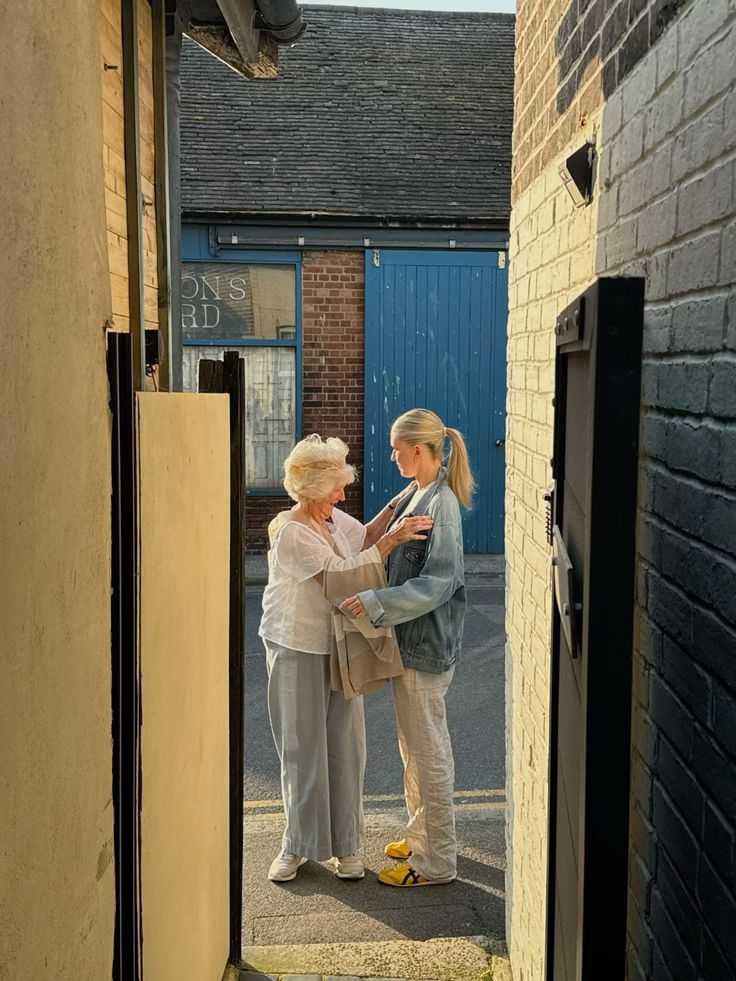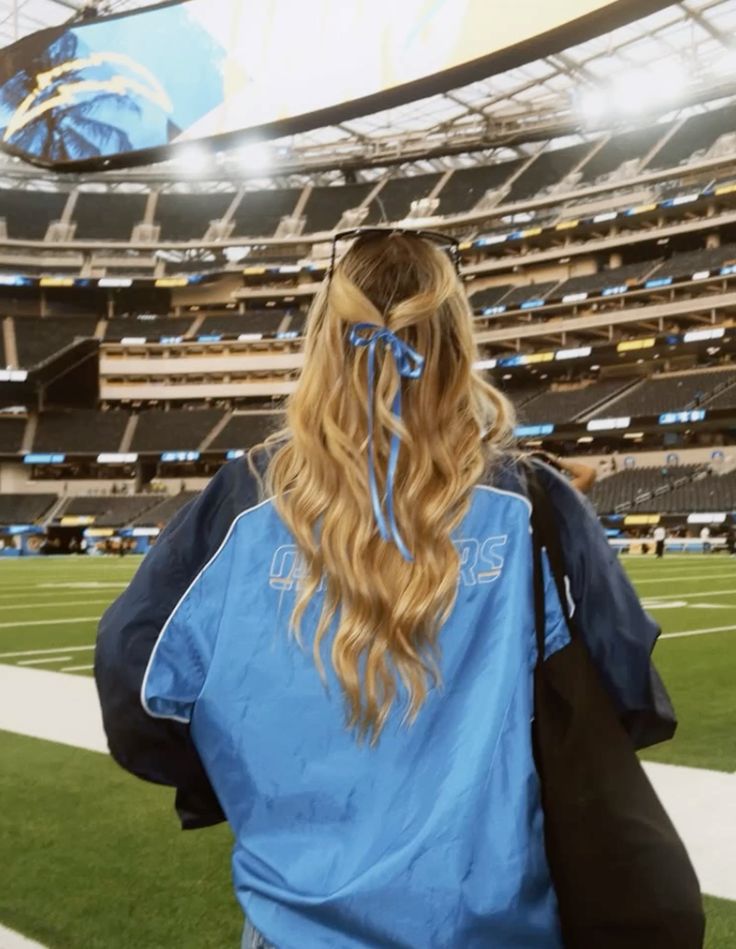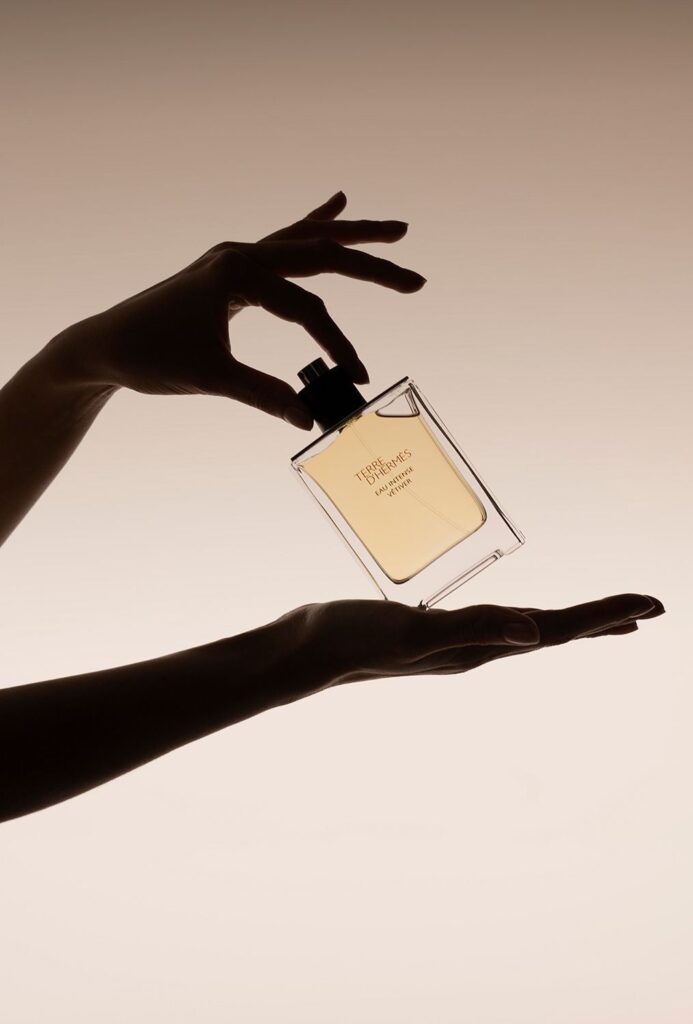While a picture may speak a thousand words, what if those words aren’t true?
For so long photojournalism has been the backbone of traditional news and media’s credibility, giving way for people to put a face to the news they consume on a daily basis despite being constantly questioned by politicians, celebrities and the greater public. Yet with images such as this — with a downtrodden Trump being overcome by the repercussions of his past — it begs the question of whether or not what we see is actually real. And in this case, if it was too good to be true.
After having trended for a split-second on TikTok and Twitter, this image paired with the controversy surrounding former President Donald Trump’s indictment made it all that much more scandalous — the fact that the creator of the term “fake news” had fake news created about him, and this time it was hard to deny otherwise. So, what does this mean for the trial? And more importantly, for our protection against fake news and AI-generated images?
As far as the trial goes, it would appear as though it’s nothing but smooth sailing for the 2024 presidential candidate, in spite of the 30+ criminal charges being thrown at him. But while this is the first time in American history that a former president and current presidential candidate has had criminal charges brought against them, what makes matters worse is the impact of AI images on both the trial and the public’s opinion of him. Being the already controversial public figure that he is, it’s images such as this that either give hope for justice in a legal system that Trump has too often benefitted from or further drive his followers to become that much more loyal and intense. It’s a toss-up. But it’s also an altered reality.
And it doesn’t just end there. While there is some room for imagination with images such as this fake boiler room scene, what does it mean for the future of images and exchanging information? Given the sensitivity of images such as those where Trump is being fake arrested, outlets such as the New York Times and Instagram have made it a point to actively advertise the fabrication of images with disclaimers and censorship, but what about other outlets? How easy is it for outlets to claim that an image is fabricated? But more importantly, how easy is it for people to claim that it is real?

So while yes, it would have been fun for us to pretend to report on the former president’s arrest, the harsh reality is what we have in front of us, which is an ongoing road throughout our legal system. And not only do we hope that justice will be swift, but we also hope for the future of information and that it will withstand these challenges against an image’s credibility. Let’s not forget that images and the work of photojournalists are one of the last ways that we are able to see for ourselves what the world is beyond words. But until then, we can at least pretend.
For future reference, and with AI images in mind, it’s important to know where and how to consume information nowadays. With the prevalence of TikTok, where these images first went viral a little too easily and sent us all down a rabbit hole into whether they were real, it’s time for us to become responsible and cautious consumers of information. So, here are the best ways to stay informed and keep yourself safe from misinformation:
- Do not get your news from social media. While it’s so easy for us to see a small blurb about something you probably should care about, chances are you’re unlikely to delve more into the topic and either learn more or fact-check. So, stay away from “pundit” news and take five minutes in the morning to bring yourself up to speed. Oh, and one more thing — do NOT get your news from social media.
- Get your news from multiple sources. Again, we’ve all become lazy when it comes to consuming information and it’s so easy for us to stick with one news source we’re comfortable with and never venture elsewhere. Get the same story from at least three other sources, who knows, you might’ve missed something. And yes, VALLEY gives you permission and even encourages you to fact-check our own articles.
While there are a million other ways to stay informed and be smart about it, these are the easiest ways to improve upon yourself and start learning everything about anything, even if it’s AI images.
Tweet us @VALLEYmag with your thoughts on both the Trump arrest photos and any other AI art and images that make you ask yourself “Is this real?”





